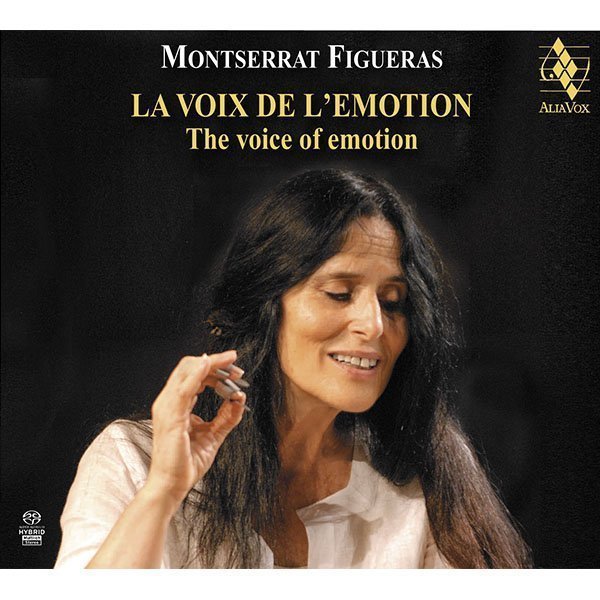MONTSERRAT FIGUERAS
La Voix de l’Emotion
17,99€
Reference: AVSA9889
- Monsterrat Figueras
By the early seventies, the need for a clear break with romantic tradition had been established, and it was now obvious that vocal Early Music needed a new stylistic and technical approach to vocal performance, similar to the one that was already being applied to its instrumental counterpart. This was the time when a few young singers involved in this search began to attract the attention of both critics and the general audience, and amongst them Montserrat Figueras soon rose to be acclaimed as one of the most fascinating exponents of this new attitude.
By the early seventies, the need for a clear break with romantic tradition had been established, and it was now obvious that vocal Early Music needed a new stylistic and technical approach to vocal performance, similar to the one that was already being applied to its instrumental counterpart. This was the time when a few young singers involved in this search began to attract the attention of both critics and the general audience, and amongst them Montserrat Figueras soon rose to be acclaimed as one of the most fascinating exponents of this new attitude.
She was born in Barcelona, began her voice studies with Jordi Albareda, and at a very early age was already singing with the most prestigious Catalan Early Music ensemble, Ars Musicæ, performing the sacred works of the great Spanish polyphonists of the 16 century and of the songbooks of the Court of Charles V, that were to remain at the core of her musical background. In 1968 she married Jordi Savall, and this was the start of an artistic –as well as personal– association that has since then marked the evolution of the whole Early Music revival movement.
+ information in the CD booklet
RUI VIEIRA NERY
Universidade Nova de Lisboa







Share